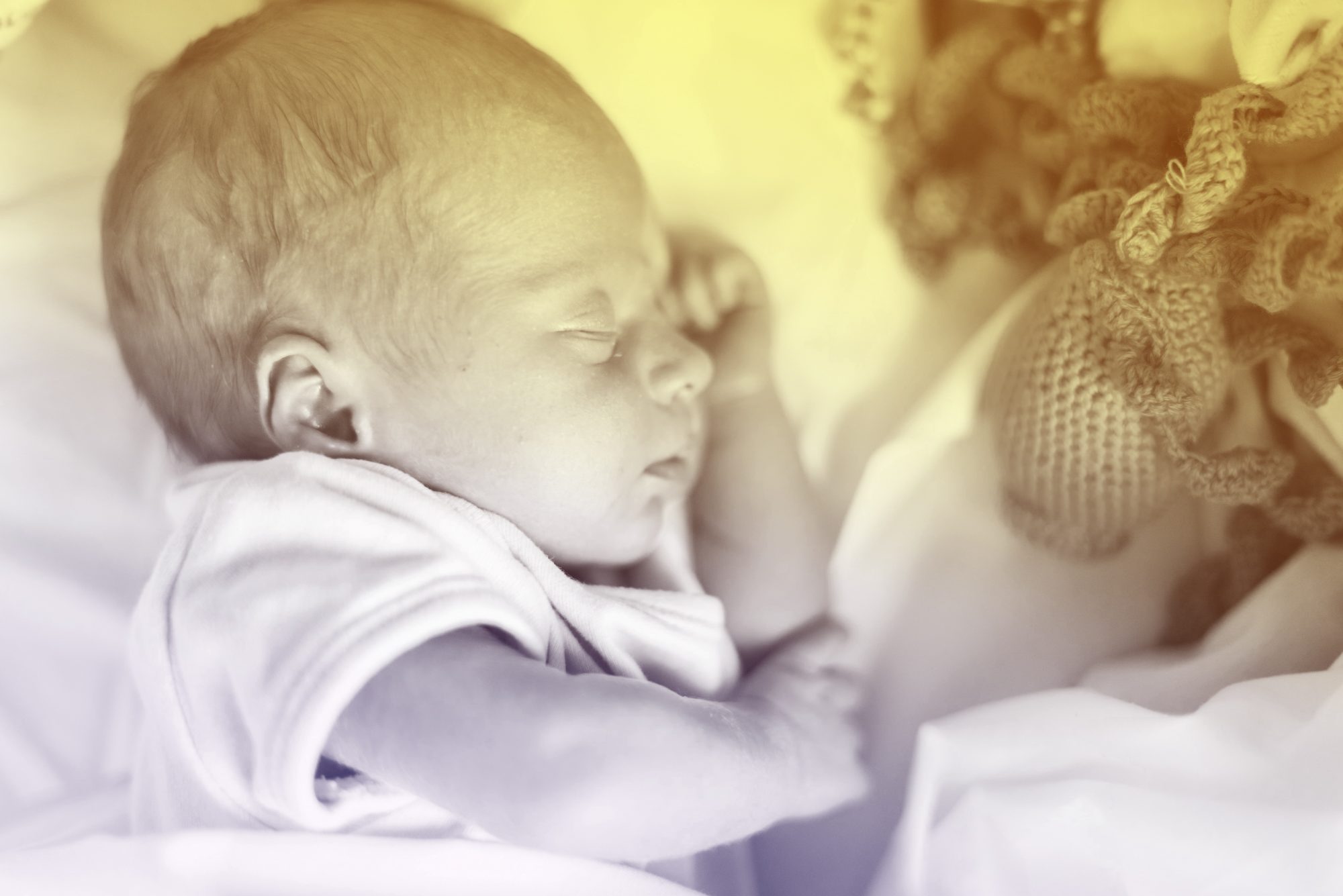
It's common knowledge that newborns have soft spots called fontanels in their heads, but did you know your infant's skull plates are flexible? During delivery, these bones shift to help the baby fit through the cervical opening and narrow birth canal.
All of that pressure on the skull can give it a tapered or "conehead" shape, leaving your new child looking like an alien from a Dan Aykroyd movie. Not to worry, however: The condition is harmless and usually resolves on its own within a matter of weeks if not days.
"Heads aren't perfect," says Nicole Glynn, M.D., pediatrician with GetzWell Pediatrics in San Francisco and a member of the American Academy of Pediatrics (AAP). "We have lots of asymmetries, lumps, and bumps, and once you grow hair you don't see them. A cone-shaped head is not damaging to a baby's development or cognitive function."
A newborn cone shape head can result from squeezing through the vaginal canal during birth, or prior to labor, if the fetus "drops" early, making head-first contact with the mother's pelvis, according to the AAP. If your baby was born with such a conehead shape, you may be able to run your hand over their head and feel the ridges formed by their skull plates overlapping.
How to \”Fix\” Baby\’s Conehead
Although your baby's skull will round out over the first several weeks of her life, parents can help the process along by sticking to the tummy time routine that's recommended for all newborns, advises Dr. Glynn. Too much time lying on her back can cause flat spots on the back of an infant's skull, a condition called positional plagiocephaly.
"Generally I recommend doing tummy time two to three times a day for up to a few minutes starting as soon as parents get home from the hospital," says Dr. Glynn. "Or even doing skin-to-skin with Baby laying on your chest while you're reclined can serve the same purpose as tummy time, giving them time off the back of their head."
Be careful not to fall asleep on a couch or recliner while holding your newborn, and never place her stomach down to sleep—both scenarios can put babies at risk for sudden infant death syndrome, or SIDS.
If you're tempted to ask your pediatrician for a "baby conehead helmet," keep in mind that helmet therapy, according to the AAP, is typically reserved for cases of positional plagiocephaly or "flat head syndrome," and that a conehead shape normally resolves on its own without treatment.





